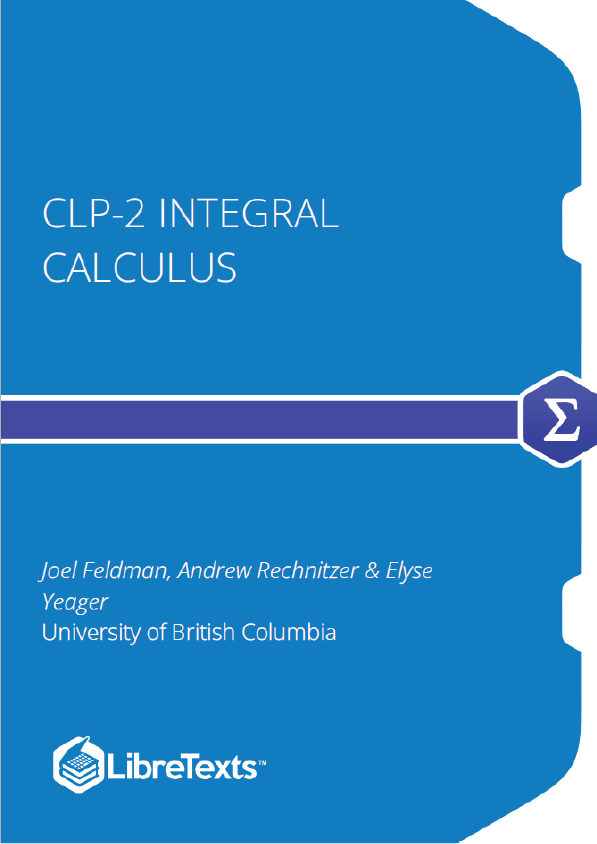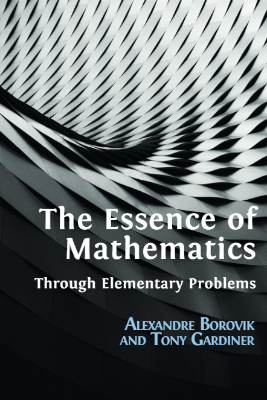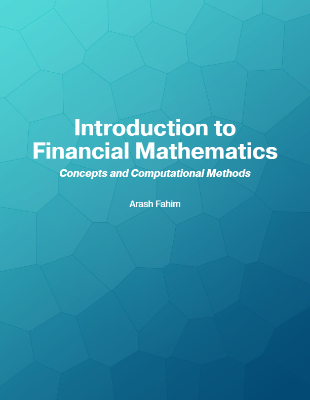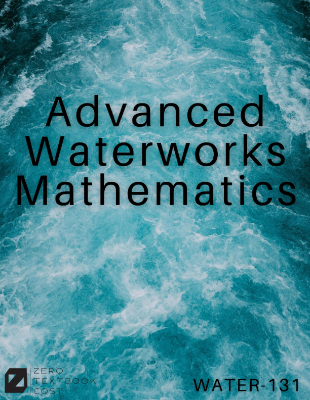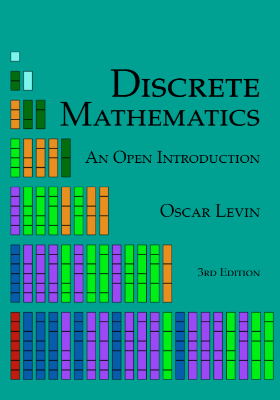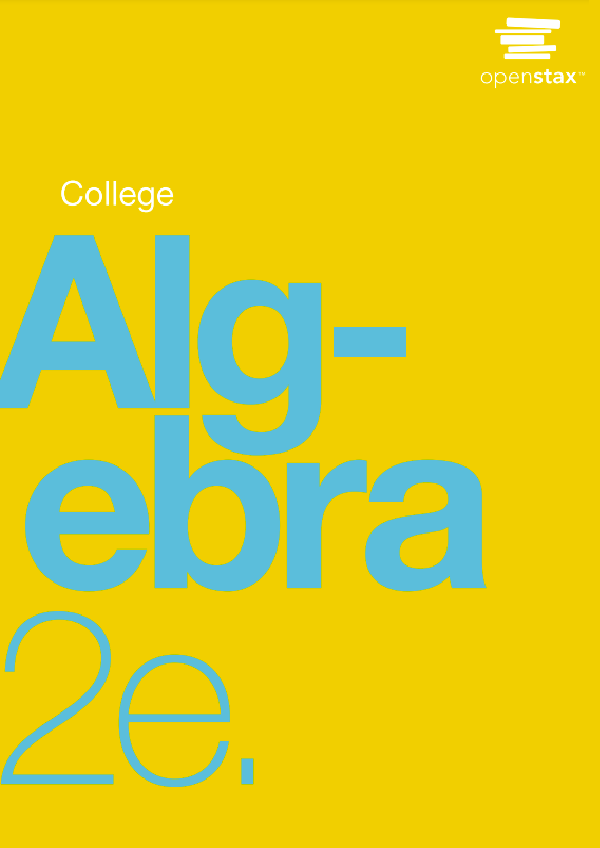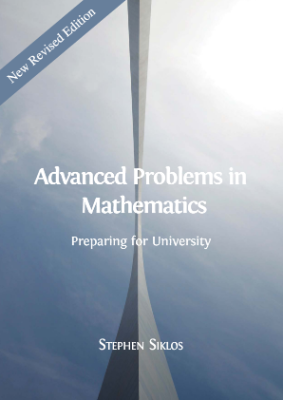1: Integration
Calculus is built on two operations — differentiation and integration.
Differentiation — as we saw last term, differentiation allows us to compute and study the instantaneous rate of change of quantities. At its most basic it allows us to compute tangent lines and velocities, but it also led us to quite sophisticated applications including approximation of functions through Taylor polynomials and optimisation of quantities by studying critical and singular points.
Integration — at its most basic, allows us to analyse the area under a curve. Of course, its application and importance extend far beyond areas and it plays a central role in solving differential equations.
Definition of the Integral
Arguably the easiest way to introduce integration is by considering the area between the graph of a given function and the -axis, between two specific vertical lines — such as is shown in the figure above. We’ll follow this route by starting with a motivating example.
Using Known Areas to Evaluate Integrals
One of the main aims of this course is to build up general machinery for computing definite integrals (as well as interpreting and applying them). We shall start on this soon, but not quite yet. We have already seen one concrete, if laborious, method for computing definite integrals — taking limits of Riemann sums as we did in Example 1.1.1. A second method, which will work for some special integrands, works by interpreting the definite integral as “signed area”. This approach will work nicely when the area under the curve decomposes into simple geometric shapes like triangles, rectangles and circles. Here are some examples of this second method.
The Fundamental Theorem of Calculus
We have spent quite a few pages (and lectures) talking about definite integrals, what they are (Definition 1.1.9), when they exist (Theorem 1.1.10), how to compute some special cases (Section 1.1.5), some ways to manipulate them (Theorem 1.2.1 and 1.2.3) and how to bound them (Theorem 1.2.13). Conspicuously missing from all of this has been a discussion of how to compute them in general. It is high time we rectified that.
The single most important tool used to evaluate integrals is called “the fundamental theorem of calculus”. Its grand name is justified — it links the two branches of calculus by connecting derivatives to integrals. In so doing it also tells us how to compute integrals. Very roughly speaking the derivative of an integral is the original function. This fact allows us to compute integrals using antiderivatives . Of course “very rough” is not enough — let’s be precise.
